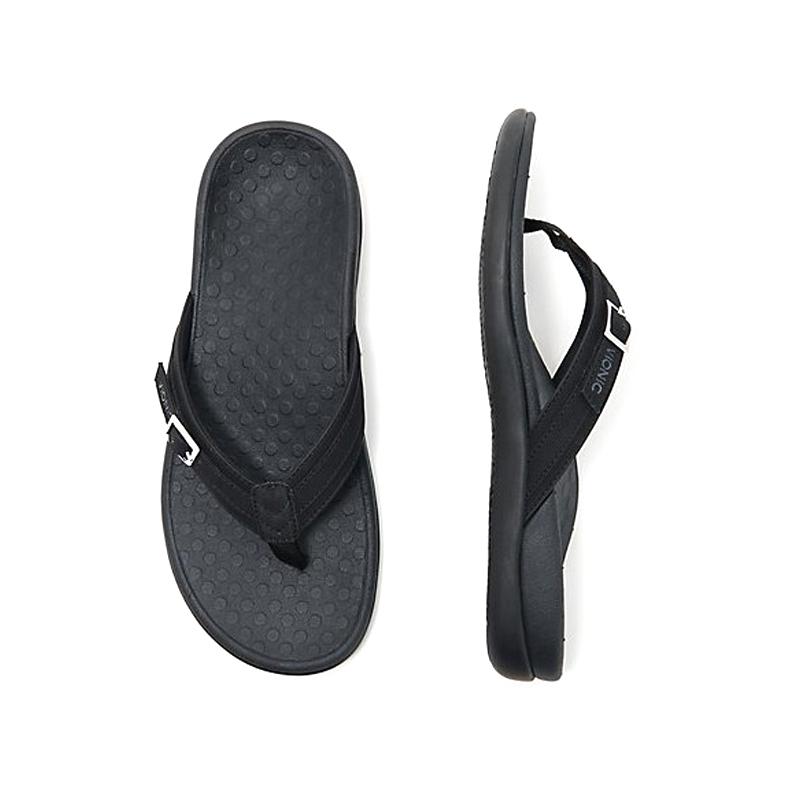Common Foot Problems and How Orthopedic Shoes Can Help
Our feet are the foundation of our movement, supporting our entire body every day. But when foot pain strikes, even simple tasks like walking or standing can become uncomfortable. Conditions such as plantar fasciitis, bunions, or heel spurs can significantly affect daily life—but the right footwear can make a world of difference. Orthopedic shoes are specially designed to provide the support, cushioning, and alignment your feet need to stay healthy and pain-free.
1. Plantar Fasciitis

What it is:
Plantar fasciitis is one of the leading causes of heel pain. It happens when the plantar fascia—a thick band of tissue that runs along the bottom of the foot—becomes inflamed from overuse or poor support.
How orthopedic shoes help:
Orthopedic shoes provide firm arch support and extra heel cushioning to reduce strain on the plantar fascia. This relieves pressure, absorbs shock, and encourages proper foot alignment to ease pain with every step.
2. Bunions

What it is:
A bunion forms when the big toe joint shifts out of alignment, creating a painful bump on the side of the foot. Tight or narrow shoes often make the problem worse, causing swelling and irritation.
How orthopedic shoes help:
With a wide toe box and soft, stretchable materials, orthopedic shoes reduce pressure on the bunion and prevent friction. The added room allows the toes to rest naturally, easing discomfort and preventing further deformity.
3. Achilles Tendonitis

What it is:
This condition occurs when the Achilles tendon—the large tendon connecting the calf muscles to the heel—becomes inflamed, usually from overuse, improper footwear, or tight calf muscles.
How orthopedic shoes help:
Orthopedic shoes with a slightly elevated heel and excellent heel cushioning help reduce tension on the Achilles tendon. The shock-absorbing soles also lessen impact, preventing further strain during walking or exercise.
4. Hammer Toe

What it is:
Hammer toe causes one or more toes to bend downward at the middle joint, often due to tight shoes or muscle imbalance. This can lead to pain, corns, and irritation when wearing regular footwear.
How orthopedic shoes help:
Orthopedic shoes offer extra depth and flexible uppers, allowing toes to move naturally without pressure. Soft linings and cushioned insoles reduce friction and prevent painful rubbing.
5. Heel Spurs

What it is:
A heel spur is a small calcium deposit that forms on the underside of the heel bone, often linked with plantar fasciitis. It can cause sharp pain during the first steps of the day or after long periods of standing.
How orthopedic shoes help:
Orthopedic shoes are designed with deep heel cups and impact-absorbing midsoles to cushion the heel and reduce pressure. This helps prevent inflammation and provides lasting comfort for daily wear.
Final Thoughts
Foot pain isn’t something to ignore—it can affect your posture, mobility, and overall well-being. Investing in quality orthopedic shoes is one of the simplest and most effective ways to support your feet, reduce pain, and improve long-term comfort. The right pair doesn’t just protect your feet—it enhances your quality of life.






